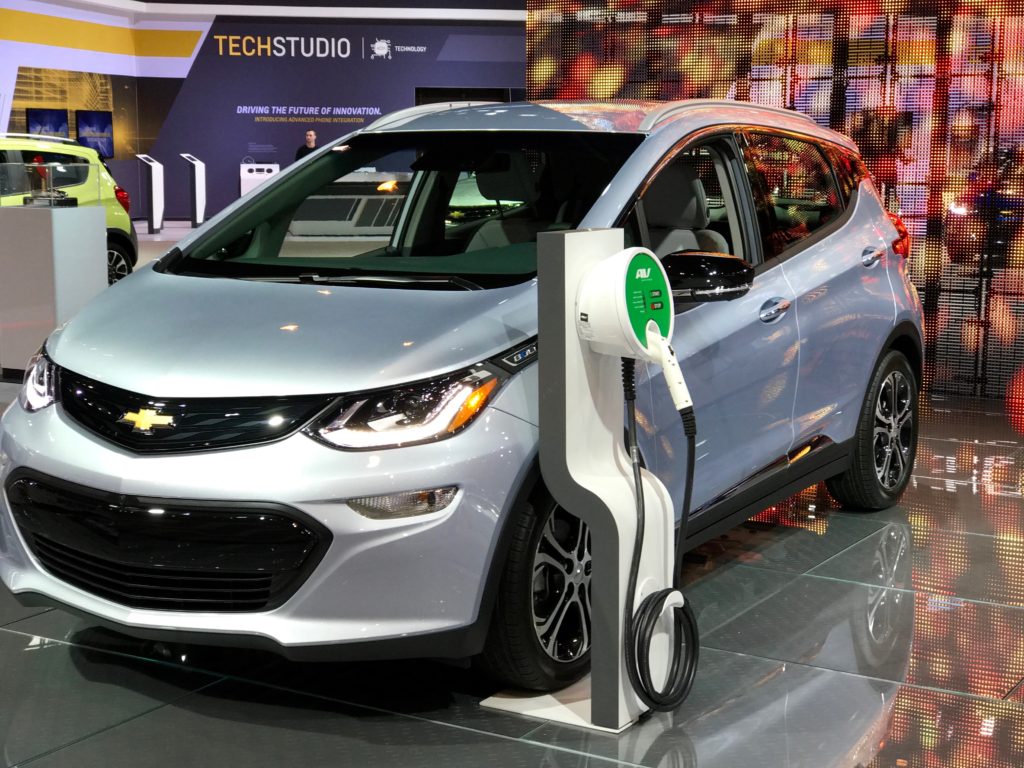3 Things to Consider Before Going Green with a Hybrid or Electric Vehicle
If you are thinking about a more fuel-efficient vehicle, be it a hybrid, plug-in hybrid, electric, or diesel, you are certainly not alone. Seesawing fuel prices over the past decade have made fuel economy one of the top selection criteria on everyone’s list.
This notwithstanding, when it comes to finalizing the purchase, the take rate for these cars is still low. Hybrids comprise only about 2% of all new car sales, while electric vehicles don’t even make it to the 1% mark. Diesels have dropped significantly in popularity, largely due to the Dieselgate scandal perpetrated by Volkswagen.
Part of the hesitation may be due to what is known as the “hybrid penalty,” the difference between a hybrid and the same vehicle with a more conventional powertrain, that is sometimes as much as 20%, typically incurred in purchasing a hybrid. Electric vehicles cost even more.
Indeed, the greatest motivating factor in purchasing a hybrid or EV is to be green, even if it costs more. But buying a hybrid, hybrid plug-in, or EV may not be quite as green as one would imagine.
If you’re thinking about going green, here are three important considerations to keep in mind:
1.) How green will your power source be?
While EVs and hybrids won’t be shooting black plumes of smoke into the sky as in the iconic BMW diesel commercial, it’s imperative to remember that these cars are only as green as their source of power. While hybrid-electric plug-ins and EVs may not seem to emit any pollutants, the source of their power in some parts of the country may be a coal-fired powerplant (which are concentrated east of the Rockies) that not only defeats the purpose of driving an EV but ends up doing more harm to the environment.
2.) State and federal incentives
Currently the federal government offers as much as $7,500 to entice drivers to go green and some states will contribute significant incentives as well (Colorado has as $5,000 credit and California offers $2,500).
3.) Today’s low cost of gasoline
For the same reason that sales of gas-guzzling SUVs go up when fuel prices drop, sales of green cars drop precipitously. The average price of a gallon of regular gasoline is currently under $2.30. In early 2016 it was even lower, $1.70 per gallon, but it was only three years ago that prices were hovering around $4. Of course, when sales are soft, carmakers are more inclined to discount their vehicles to keep them moving, so there may be a silver lining after all.
(Photos: Accura Media Group)























